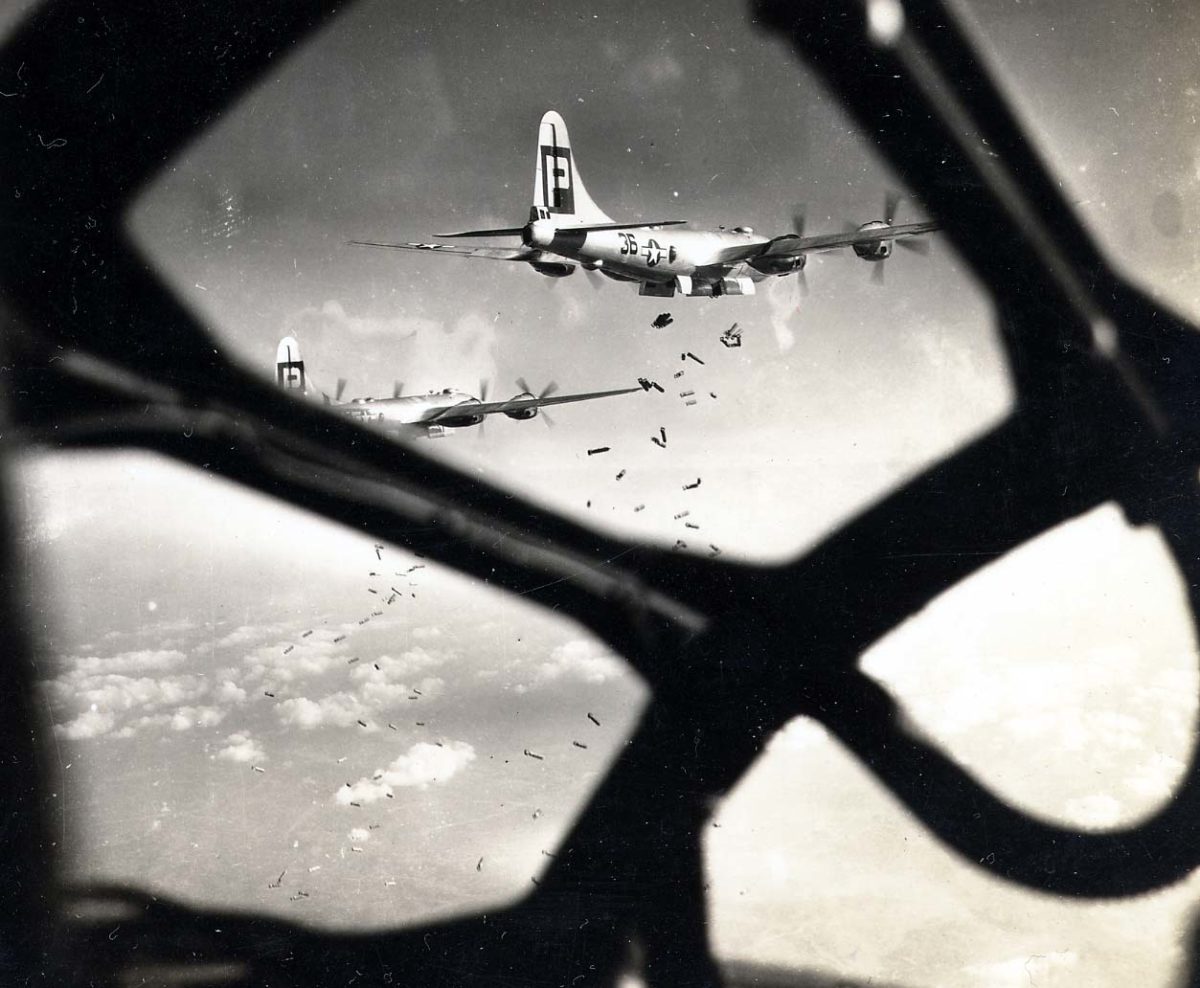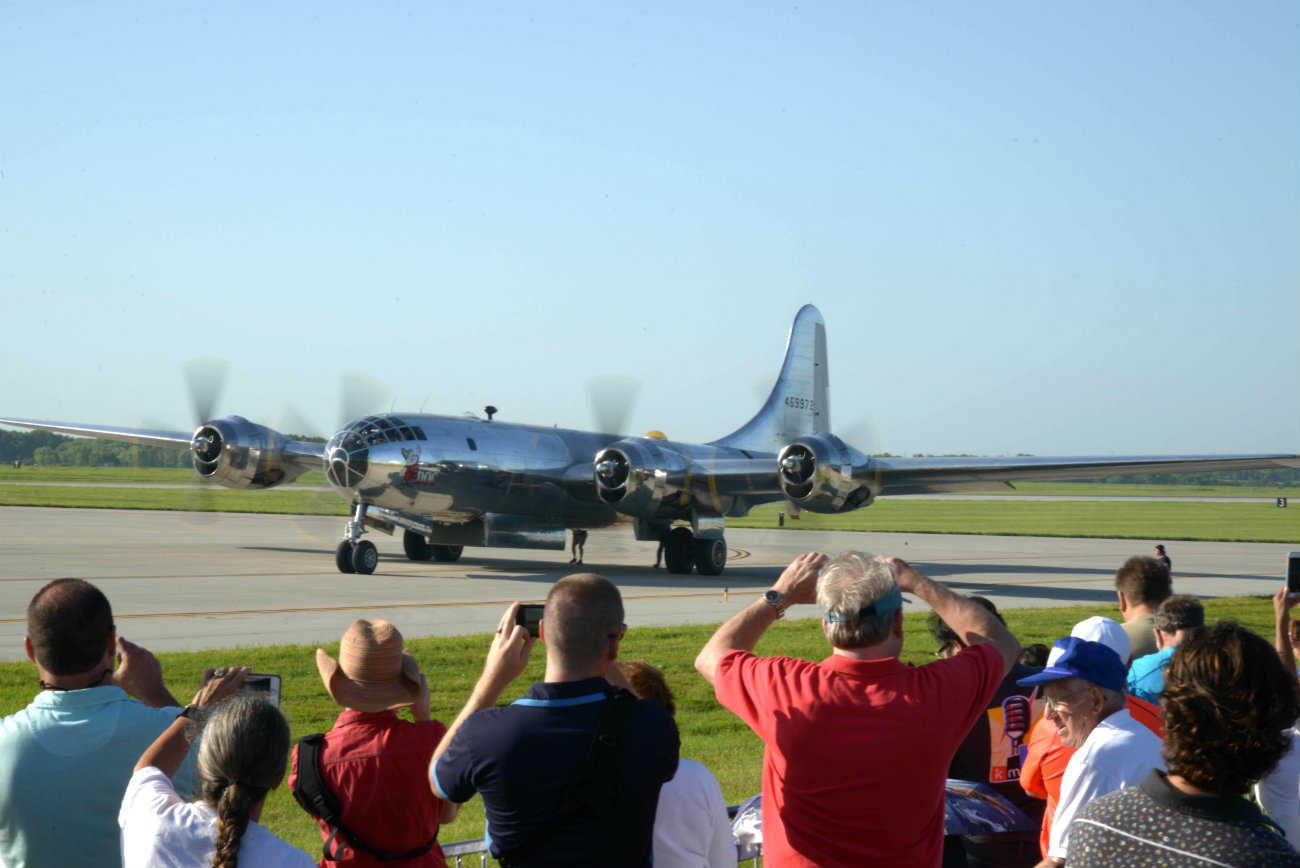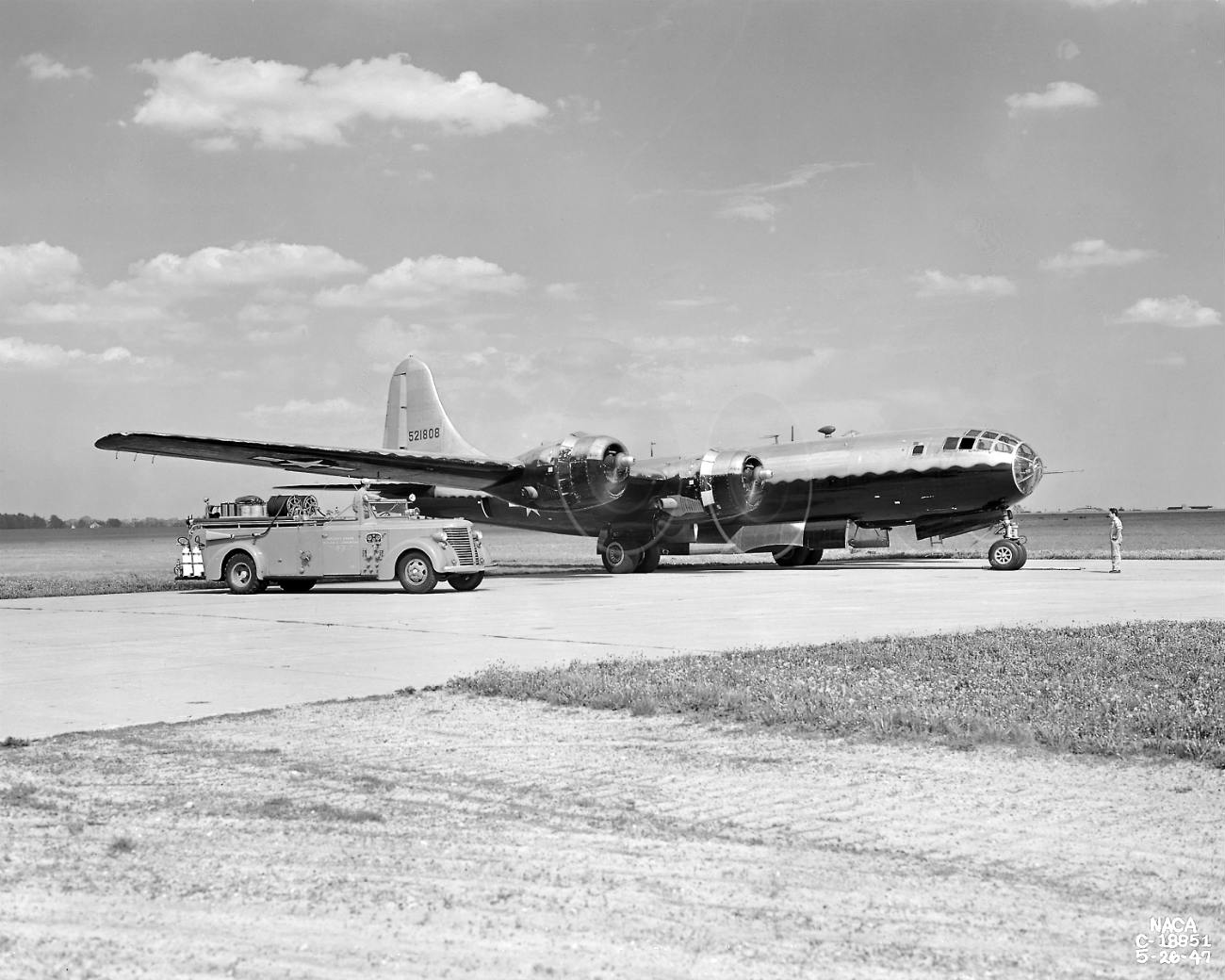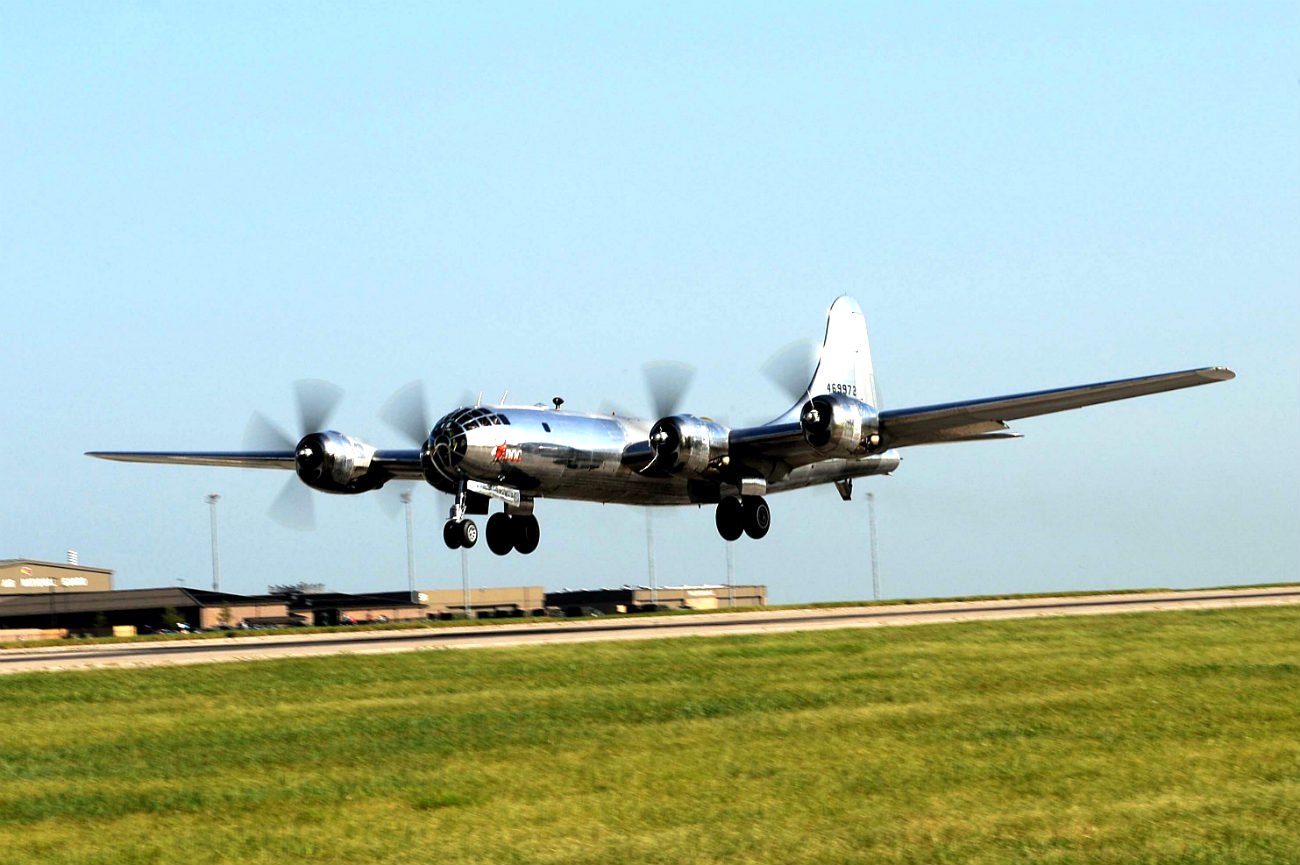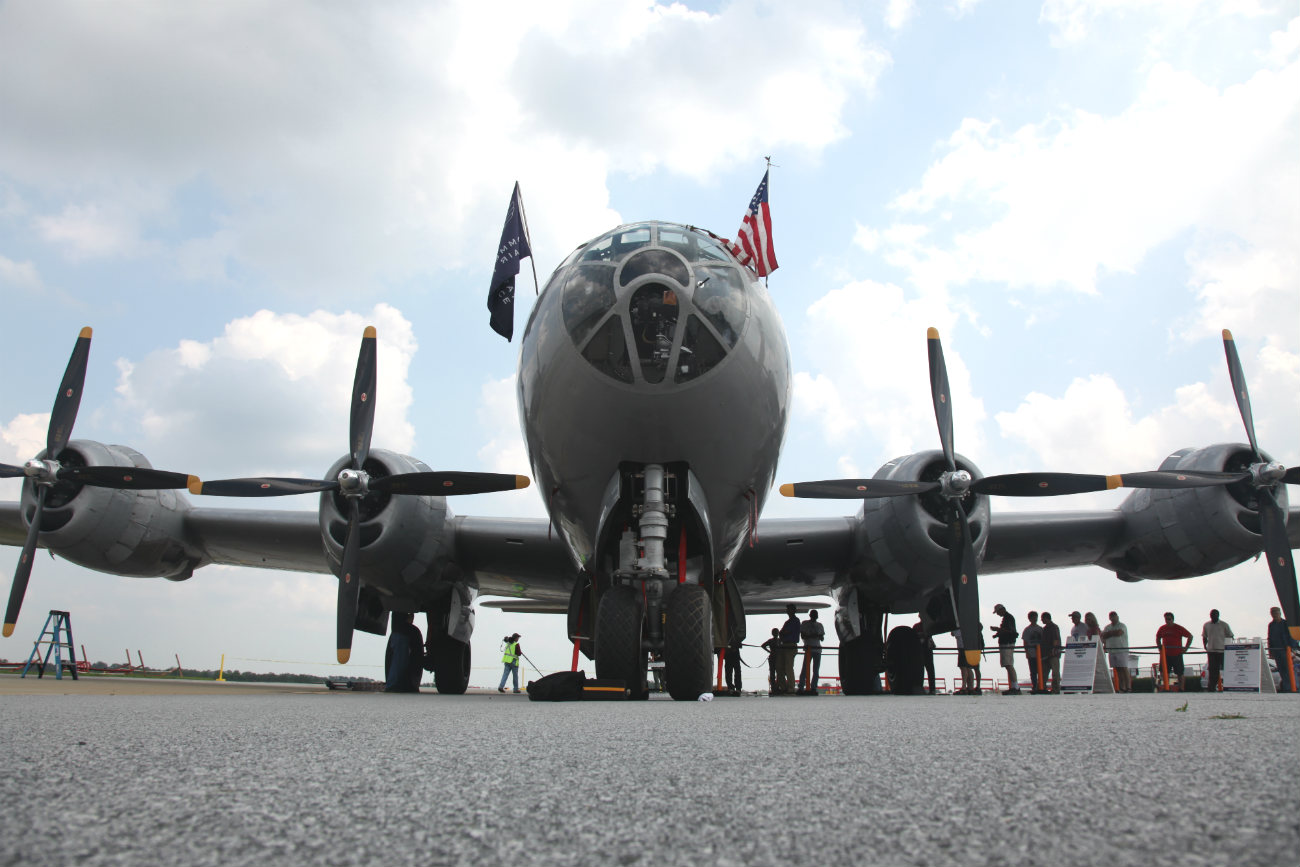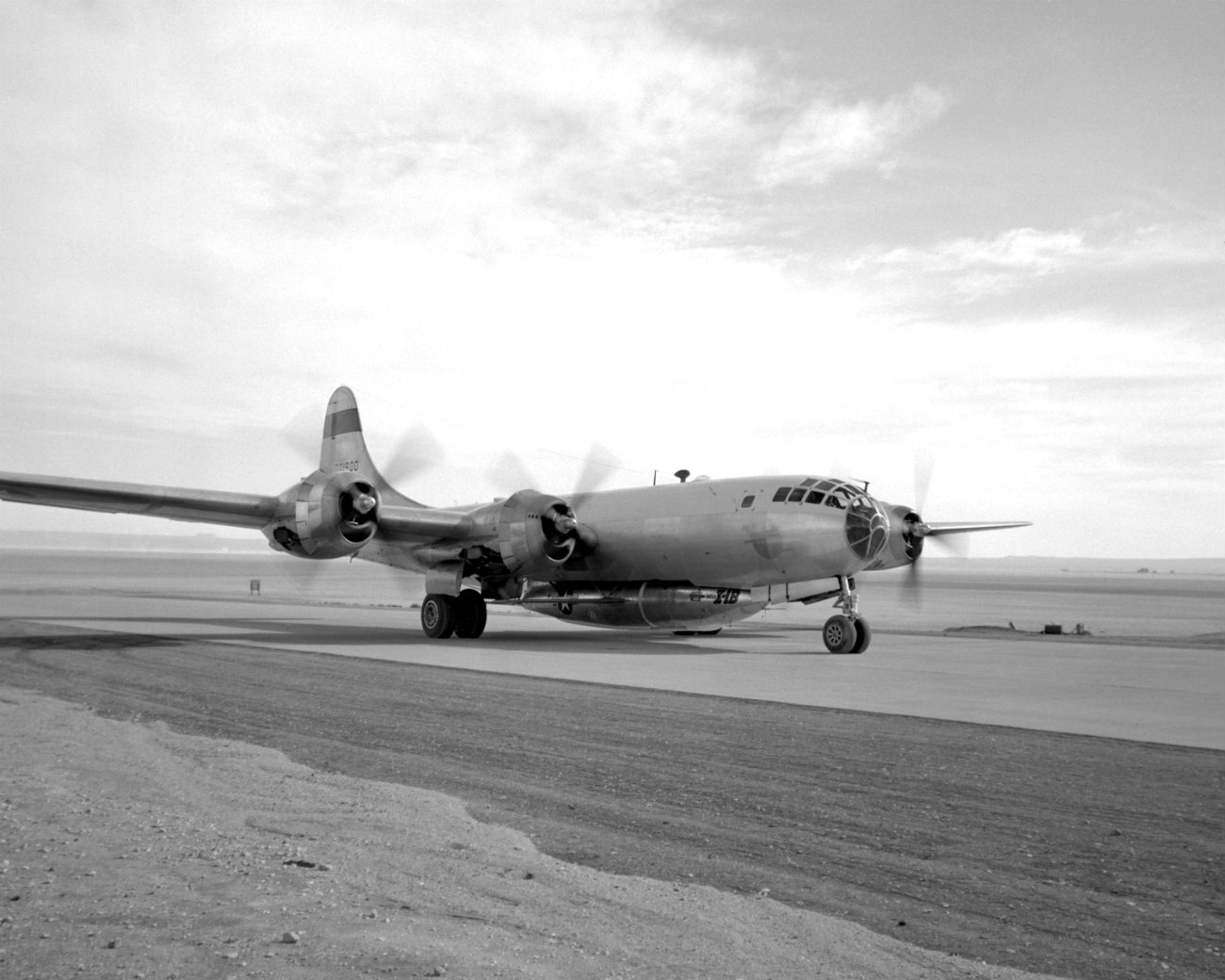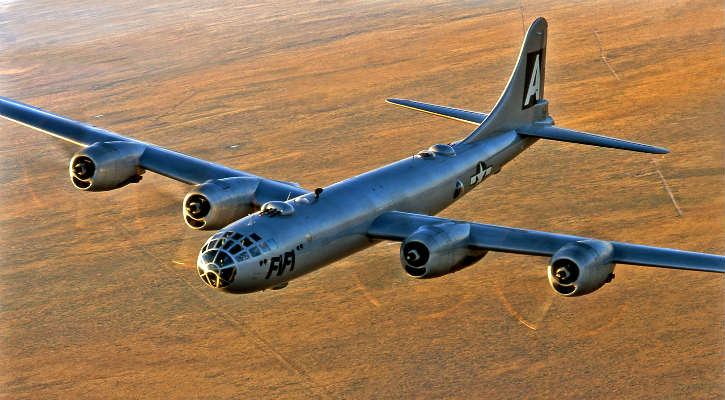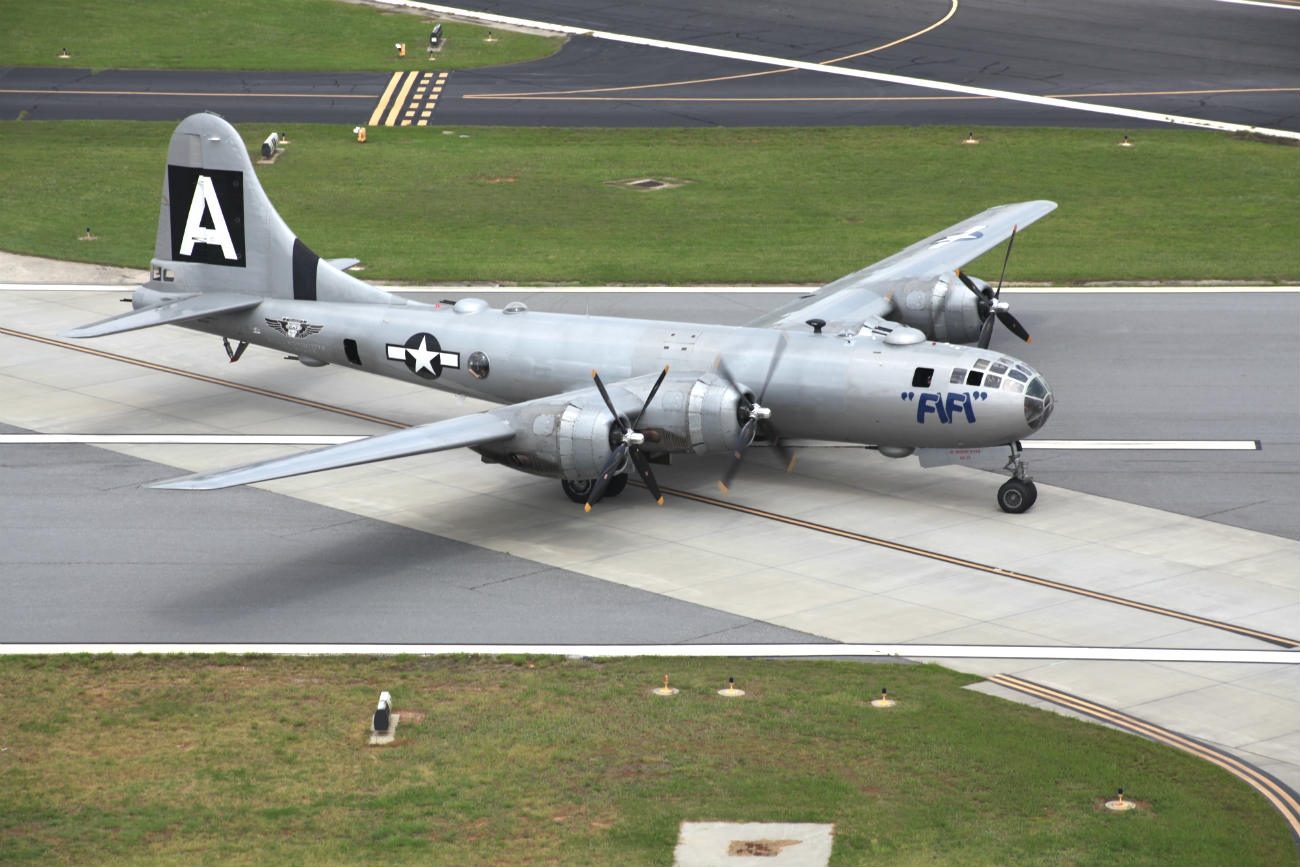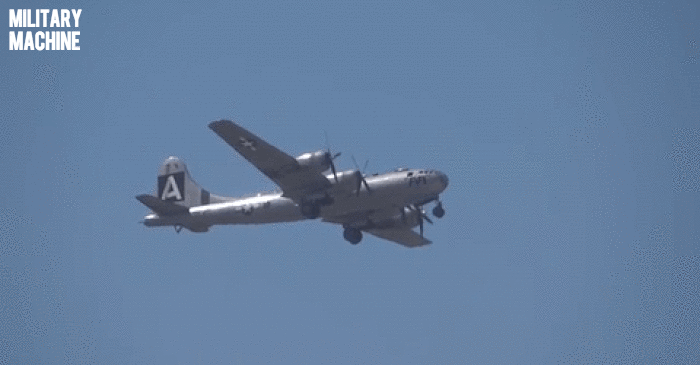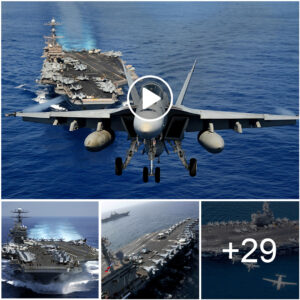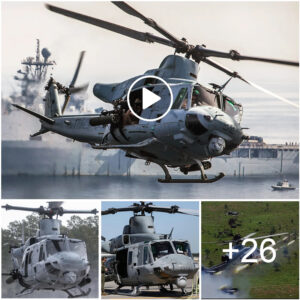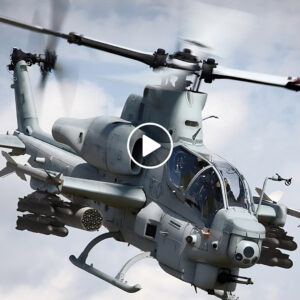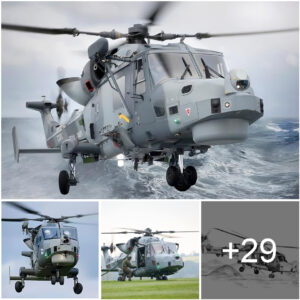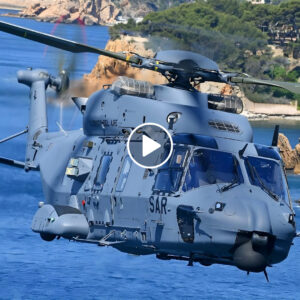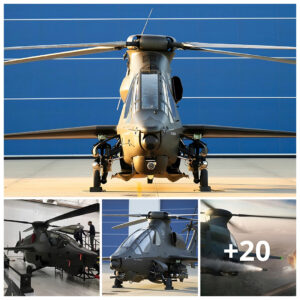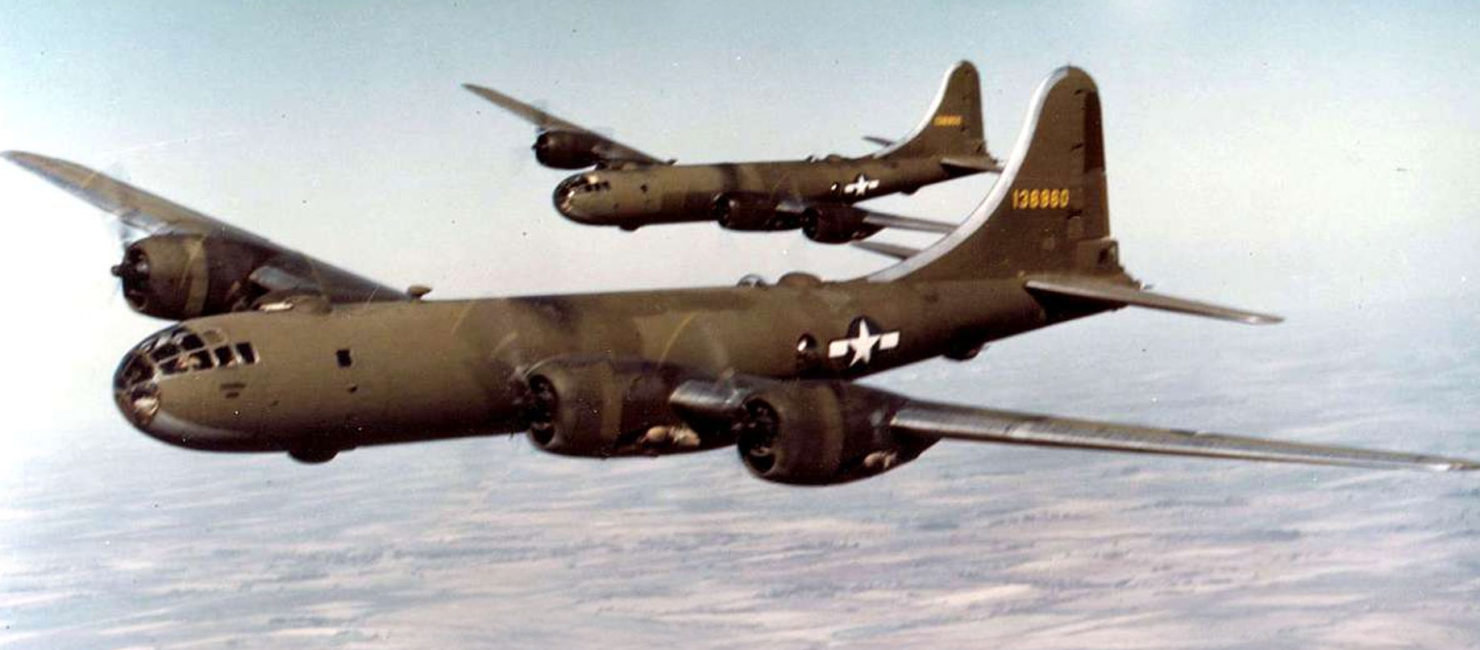
The first flight of the B-29 Superfortress was on the 21st of September, 1942. Produced by Boeing, the Superfortress was considered to be the most advanced bomber aircraft of its time.
Firepower:
Featuring a pressurized cabin, central fire-control system, and remote-controlled machine gun turrets, it could house a crew of up to 11 including the pilot and co-pilot. Its tail gunner position was hermetically sealed from the rest of the aircraft when flying above levels that required pressurization. The B-29 Superfortress’ main designation was as a long range heavy bomber capable of flying up to 5,800 miles. This effectively gave it striking distance over quite a large area in the Pacific Ocean.
Field Testing Through Combat:
By the start of the war, the B-29 Superfortress was still undergoing massive redesigns to correct for flaws in manufacturing. Initial designs proved difficult to implement with the available technology, and plenty of mishaps occurred in producing the plane itself. Despite issues with the initial Wright Double Cyclone engines undergoing catastrophic failure when overburdened, the B-29 entered the war in full force. It was only after the war that further technological improvements in radial engine design allowed for the Pratt & Whitney R-4360 ‘Wasp Major’. The ‘Wasp Major’ was implemented in the B-29D/B-50 program to much success.

B-29 Superfortress’ Storied Combat History:
Because the B-29 Superfortress was billed as America’s premier long-range heavy bomber, it was implemented in a costly scheme to break the logistical backbone of the Japanese Imperial Army operating in the South Pacific. The Army Air Corps moved approximately 98 B-29 Superfortresses through India, over the Himalayas, and into rural Chinese airfields. By April, 1944, they were in position and on the 5th of June of that same year, the B-29 Superfortresses were launched in an ambitious plan to bomb Bangkok’s railroads and depots. Of the 98 B-29s moved into theater, 77 took off on that momentous occasion. Five were lost to mechanical issues.
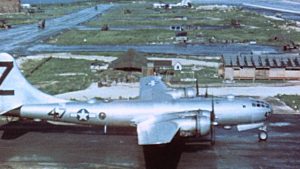
Forward Deployment:
While the pressure on Southeast Asia was considered successful, the B-29 Superfortress required a great deal of resources and logistics in order to shift pressure from the Southeast to mainland Japan. Because of this, by March, 1945, the fleet of B-29s were moved to makeshift airfields on Guam, Saipan, and Tinian. These bombing runs proved to be much more successful on striking deep within Imperial Japan’s manufacturing sector. And, by August of 1945, a new type of ordnance was ready to be tested: the atomic bomb.
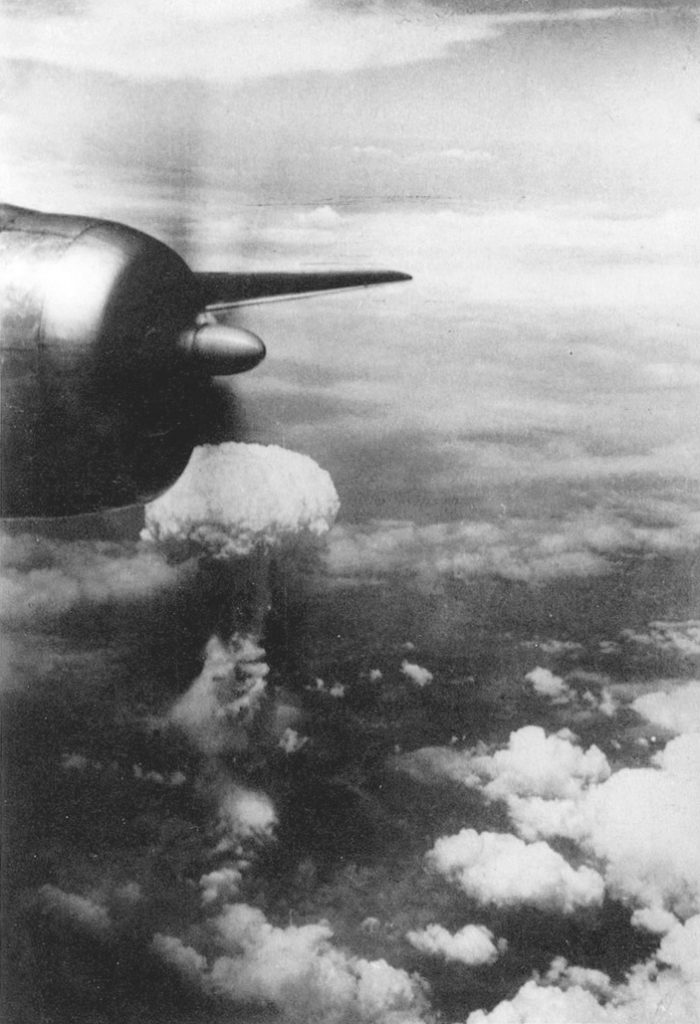
Atomic Bombings:
The only logical choice was the B-29 Superfortress due to the spaciousness of its bomb bay and incredible range. On the 6th of August, the ‘Enola Gay’ dropped the ‘Little Boy’ atomic bomb on Hiroshima. Three days later, ‘Bockscar’ brought the ‘Fat Man’ to Nagasaki. This marked the end of the war and the beginning of the wide implementation of jet turbine technology which would eventually make the B-29 Superfortress obsolete.
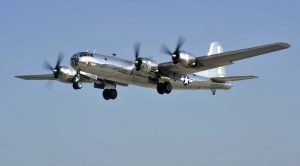
Postwar Replacement By Stratofortress:
Boeing produced quite a few jet-propelled bombers such as the B-47, but the notable replacement for the largest heavy-duty bomber was the B-52 Stratofortress. While the B-29 Superfortress continued on to serve in the Korean War, it was increasingly relegated to secondary tasks such as air-sea rescue, electronic intelligence gathering, and in-flight refueling. By the 1960s, almost all of the B-29s were phased out entirely, and the B-52 remains the premier heavy bomber in the United States’ strategic arsenal.
Powerplants:
The B-29 Superfortress, the largest conventional bomber of World War II, was powered by four 2,200-horsepower Wright Double Cyclone supercharged radial engines. Together, the Double Cyclone engines produced a net power of 8,600 shp — incredibly powerful for the time.
See more captivating old war aircraft images.
See B-29 Superfortress Specifications
| Length: 99 feet (30.17 m) |
| Height: 29 feet 7 inches (9.02 m) |
| Wingspan: 141 feet 3 inches (43.05 m) |
| Speed: 365 mph (max) 220 mph (cruise) |
| Ceiling: 31,850 feet (9.7 km) |
| Maximum Takeoff Weight: 124,000 lbs. (56,245 kg) |
| Range: 5,830 miles (9,382 km) |
| Crew: 10; 1 pilot, 1 co-pilot, 8 crew |
| Armament: 12 .50-caliber machine guns, 1 20 mm cannon, 20,000-pound bomb load |
| Unit Cost: $650,000 (est. $9 million USD FY 2016). |
